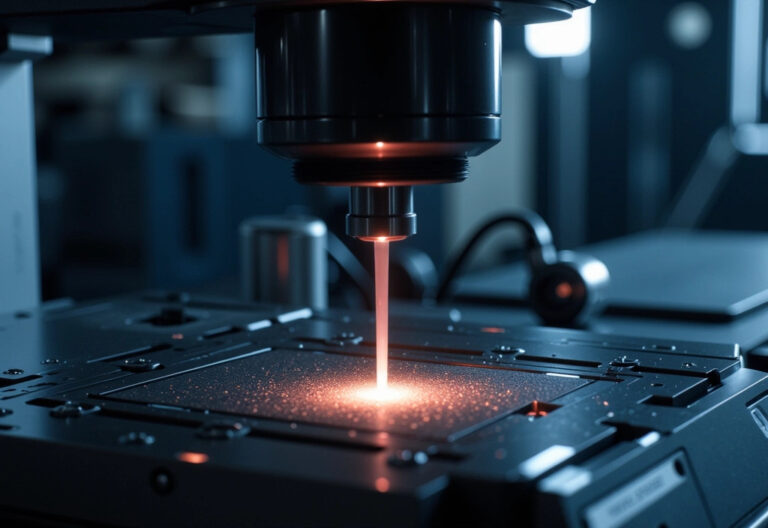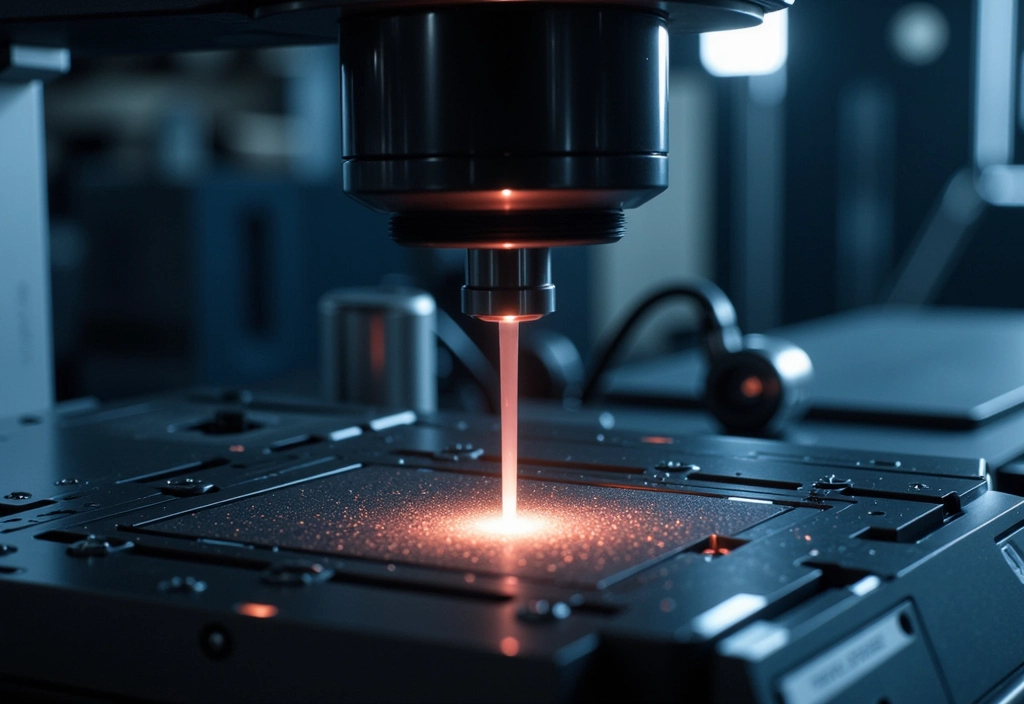Researchers at the Institute of Physics, Chinese Academy of Sciences, have pioneered a groundbreaking technique known as vdW squeezing. This innovative method allows for the creation of atomically thin two-dimensional (2D) metals, opening new avenues in material science and technology. Let’s explore who developed it, how it works, and the exciting possibilities it offers.
Who Developed It?
Professor Zhang Guangyu and his team at the Institute of Physics are key figures behind this breakthrough. They have demonstrated the technique’s potential for advancing quantum, electronic, and photonic devices.
How It Works
Scientists use the vdW squeezing method by melting pure metals and compressing them between two rigid van der Waals (vdW) anvils under high pressure. These anvils, made of single-crystalline MoS2 monolayers grown on sapphire substrates, provide a stable environment for metals to spread into thin, even layers without defects. The process ensures that metals achieve thicknesses at the angstrom limit, typically between 6.3 Å and 9.2 Å for metals like bismuth, tin, lead, indium, and gallium.
What Cool Stuff Can We Do With It?
The vdW squeezing technique offers a wide range of exciting applications:
- Enhanced Electrical Conductivity: Researchers create 2D metals with significantly enhanced electrical conductivity, making them ideal for high-speed transistors and sensors. Consequently, this innovation could lead to faster electronic devices.
- Quantum Devices: By studying layer-dependent properties, scientists gain insights into quantum effects, essential for quantum computing and flexible electronics. Additionally, these effects can enhance the performance of quantum devices.
- Phonon Modes and Optoelectronics: New phonon modes emerge due to reduced dimensionality, offering potential applications in optoelectronics, such as LEDs and solar cells. Moreover, these modes can improve the efficiency of optoelectronic devices.
- Stability and Environmental Protection: Complete encapsulation between MoS2 monolayers ensures environmental stability, protecting metals from oxidation and degradation. As a result, these metals can be used in harsh environments.
- Future Applications: The technique paves the way for various emerging quantum, electronic, and photonic devices, with potential uses in memory devices and photonic technologies. Furthermore, it could revolutionize fields from electronics to quantum computing.
In summary, the vdW squeezing technique represents a significant leap forward in material science, enabling the creation of ultrathin 2D metals with unique properties. As researchers continue to explore its potential, this method is poised to revolutionize fields from electronics to quantum computing.
Check out the cool NewsWade YouTube video about this article!
Article derived from:
- Quantum Zeitgeist. (2025, March 12). Atomically Thin 2D Metals Achieved Through Innovative VDW Squeezing Technique by Chinese Scientists. Retrieved from https://quantumzeitgeist.com/atomically-thin-2d-metals-achieved-through-innovative-vdw-squeezing-technique-by-chinese-scientists/APA Citation: Quantum Zeitgeist. (2025, March 12). Atomically Thin 2D Metals Achieved Through Innovative VDW Squeezing Technique by Chinese Scientists. Retrieved from https://quantumzeitgeist.com/atomically-thin-2d-metals-achieved-through-innovative-vdw-squeezing-technique-by-chinese-scientists/
- Yahoo News. (2025, March 12). Chinese scientists ‘squeeze’ metals to atomic scale in breakthrough. Retrieved from https://www.yahoo.com/news/chinese-scientists-squeeze-metals-atomic-160257200.htmlAPA Citation: Yahoo News. (2025, March 12). Chinese scientists ‘squeeze’ metals to atomic scale in breakthrough. Retrieved from https://www.yahoo.com/news/chinese-scientists-squeeze-metals-atomic-160257200.html
- Phys.org. (2025, March 12). Scientists achieve universal technique—called van der Waals squeezing. Retrieved from https://phys.org/news/2025-03-scientists-universal-technique-van-der.htmlAPA Citation: Phys.org. (2025, March 12). Scientists achieve universal technique—called van der Waals squeezing. Retrieved from https://phys.org/news/2025-03-scientists-universal-technique-van-der.html
- Mirage News. (2025, March 12). Chinese Scientists Breakthrough in 2D Metal Manufacturing. Retrieved from https://www.miragenews.com/chinese-scientists-breakthrough-in-2d-metal-1424608/APA Citation: Mirage News. (2025, March 12). Chinese Scientists Breakthrough in 2D Metal Manufacturing. Retrieved from https://www.miragenews.com/chinese-scientists-breakthrough-in-2d-metal-1424608/
- Bioengineer.org. (2025, March 12). Revolutionary Atomic Manufacturing: Chinese Scientists Make Breakthrough in 2D Metals. Retrieved from https://bioengineer.org/revolutionary-atomic-manufacturing-chinese-scientists-make-breakthrough-in-2d-metals/
















